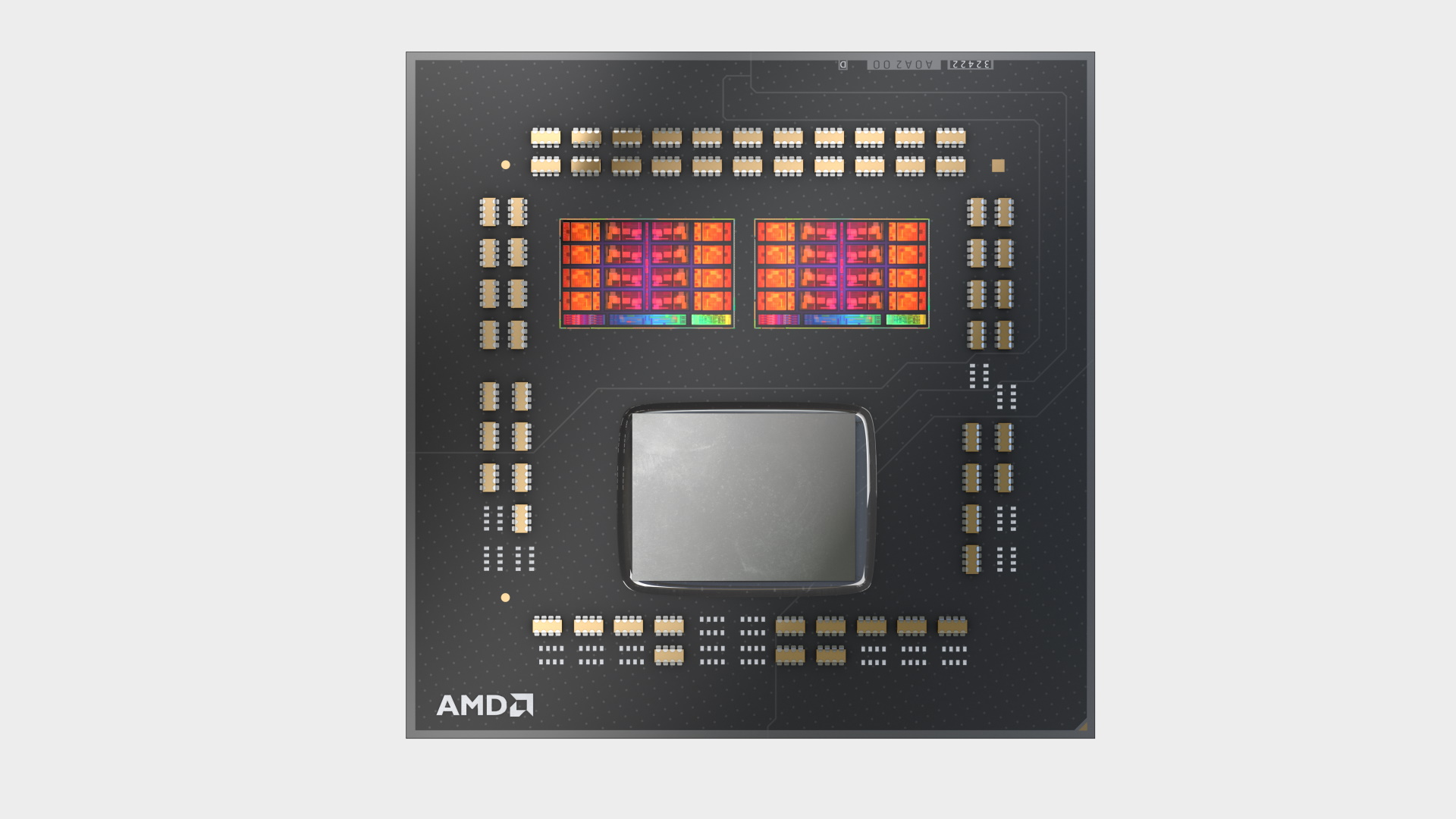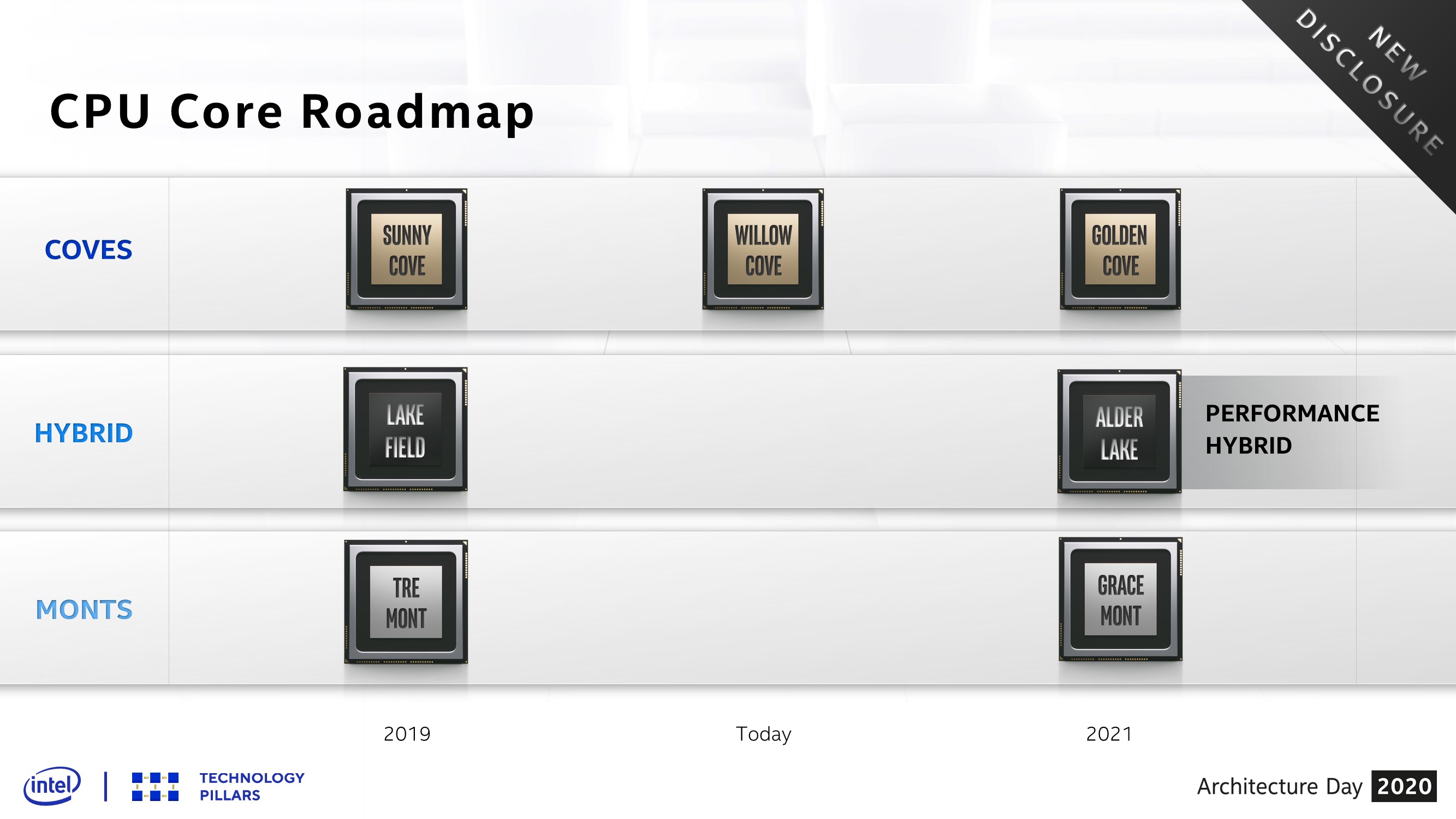Intel's pinning its future on Alder Lake's hybrid design, but AMD won't follow suit 'just to have a bigger number'
AMD says it's waiting until the time (and software) is right for a hybrid architecture.

AMD's CPU engineers tell us they've "spent a lot of time talking about" a hybrid architecture reminiscent of Arm's big.LITTLE designs, but that we shouldn't expect to see an AMD chip arrive with such an architecture until there's a noticeable improvement in doing so. And yes, that's certainly a shot over Intel's bow.
Just driving up the core count with little isn't going to be that useful until software comes along
Joe Macri, AMD product CTO
"We've been studying big.LITTLE," Joe Macri, CVP and product CTO, says during an engineering roundtable, "it's been 15+ years, so this is not a new concept in any way shape or form. We continue to study it, we continue to look at it. We're not going to talk about whether we'll do it or not, but I'm going to talk about some of the challenges of it and around what you really want to do with it. Is the goal power efficiency? Is the goal more performance? Is the goal just marketing, 'I want more core count', regardless of what it does for the other two variables?
"At AMD, the marketing one we're going to throw out the window," Macri explains. "We're not going to do it just to have a bigger number."
The challenges that face AMD, and others that dive into hybrid chip designs, Macri goes onto explain, are around getting a system to recognise and make good use of the mixed cores. It's a problem that requires a great deal of software expertise, and OS legwork, to get it over the line.
"If you look at a scheduler—this is any schedule, I don't care if you're scheduling planes, trains, or computers—the most important attribute a scheduler wants to see is symmetry," Macri continues.
"This is why an airline picks 737s and only uses them. Southwest is the greatest example of that. They can apply that plane anywhere in that system, any time they want, and they know exactly what is going to happen. That is what an OS likes. It loves symmetrical cores, it can't get the answer wrong. As you start putting asymmetries in the system, the OS has to get smarter. And the OS is getting smarter, it's starting to deal with that."
The general concept of a hybrid chip architecture, akin to Arm's big.LITTLE, has largely been to increase performance while minimising power consumption—a key metric for mobile and battery-conscious devices, such as mobile phones and tablets.
Keep up to date with the most important stories and the best deals, as picked by the PC Gamer team.
Yet now Intel looks to bring a hybrid architecture, in Intel Alder Lake, to our desktop PCs by 2021, and that raises all sorts of questions as to the potential use case for such a power-savvy design. Keeping power to a minimum certainly leaves the window to greater performance per watt designs, but so far none have been seen in the field from either of the major x86 chip manufacturers.

Intel Alder Lake will arrive with eight Golden Cove cores and eight Gracemont Atom cores, and that will effectively hand Intel 16 cores to play with in a single chip, albeit only if half of them are what we would consider suitable for a gaming PC CPU.

Best CPU for gaming: the top chips from Intel and AMD
Best graphics card: your perfect pixel-pusher awaits
Best SSD for gaming: get into the game ahead of the rest
"Just driving up the core count with little isn't going to be that useful until software comes along," Macri says. "It's not a simple problem, and I think there's been at least one company who has got it right. I wouldn't say all the companies have got it right that have started doing it. What we're really fighting, for big.LITTLE with AMD, is that Mike's team is doing such a great job with big, it makes it hard to win with LITTLE.
"Over time I think there will be a point when we are going to need LITTLE, and it will be a point in time when the OS has the right attributes, the right capabilities in its scheduler and memory allocator, we'll have the right memory subsystem. We'll be able to give you not just a little bit better experience, but a much better experience. If we can't get that experience change to be noticeable, why do it?"
There's certainly a touch of shade being thrown Intel's way by AMD, but it does indeed highlight some potential concerns for the real-world applications of a hybrid design on the desktop, at least during this early stage when we've seen nothing to prove otherwise. But I will say this, if there's a company with enough software engineers and expertise to deliver a working x86 hybrid design, it's Intel. And by the sounds of it, the work Intel puts in now may help pave the way for a hybrid chip from AMD in the future.
Just probably not anytime soon.
The most significant uplifts in PC performance, across silicon, come from periods when competition was at its most furious, when it was make or break for a company. With Ryzen 5000 heating up the gaming performance battle today, and Intel coming back next year with some new and interesting designs unlike much of what we've seen before (starting with Intel Rocket Lake), I dare say we're entering another exciting period for PC performance right now.

Jacob earned his first byline writing for his own tech blog, before graduating into breaking things professionally at PCGamesN. Now he's managing editor of the hardware team at PC Gamer, and you'll usually find him testing the latest components or building a gaming PC.

